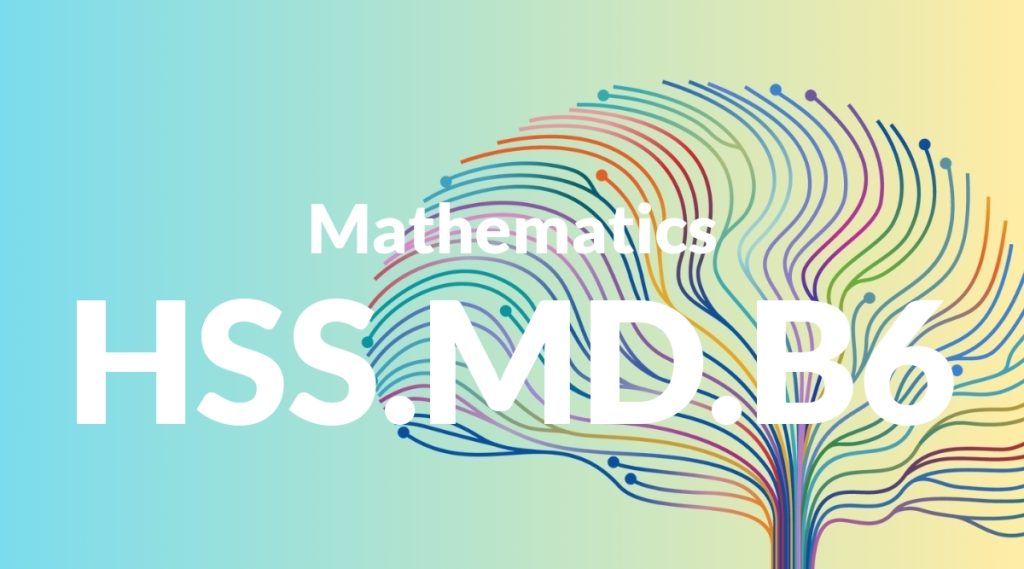Standard: HSS.MD.B6 – (+) Use probabilities to make fair decisions (e.g., drawing by lots, using a random number generator).
Grade level: High School: Statistics & Probability
Subject: Mathematics
Domain: Measurement & Data
Teacher Overview
This standard focuses on using probability to make fair decisions, an essential skill in both everyday life and various professional fields. Understanding how to apply probability ensures that decisions are made impartially and based on statistical evidence. Before tackling this standard, students should be comfortable with basic probability concepts, including calculating probabilities and understanding random events.
Mastering this standard will enable students to apply probabilistic reasoning in more complex situations, such as risk assessment and decision-making under uncertainty, which are crucial skills in various fields including finance, engineering, and the sciences.
Common Misconception 1
A common misconception is that all random processes are inherently fair. This is incorrect because randomness can be biased if not properly controlled. For example, a biased coin may still appear random but is not fair.
Intervention 1
To address this misconception, teachers can use controlled experiments where students compare biased and unbiased random processes, helping them understand the importance of unbiased randomization.
Common Misconception 2
Another misconception is that increasing the number of trials always leads to a fair outcome. While more trials can improve the accuracy of probability estimates, it does not guarantee fairness in every individual instance.
Intervention 2
Teachers can use computer simulations to show that while larger sample sizes yield more reliable probabilities, individual results can still vary, emphasizing the distinction between probability and certainty.
Prerequisite Knowledge
Students should have a basic understanding of probability concepts, including the calculation of simple probabilities, and experience with random sampling techniques.
Subsequent Knowledge
Students will develop skills in more complex probabilistic models and simulations, and apply these to real-world scenarios such as risk assessment and decision-making under uncertainty.
Instructional Activities
- Conduct experiments using random number generators to simulate fair decision-making.
- Analyze real-world scenarios where probability is used to ensure fairness, such as lotteries or randomized clinical trials.
- Create and test different random sampling methods to understand their effectiveness in producing fair outcomes.
- Use simulations to explore the impact of sample size on the accuracy of probability estimates.




